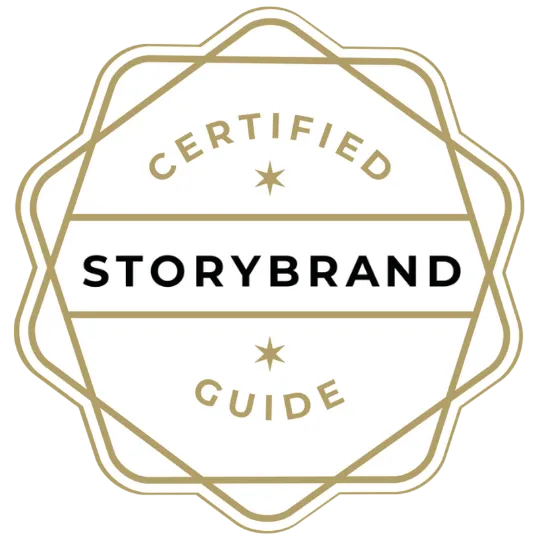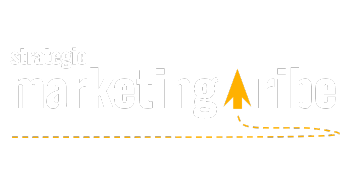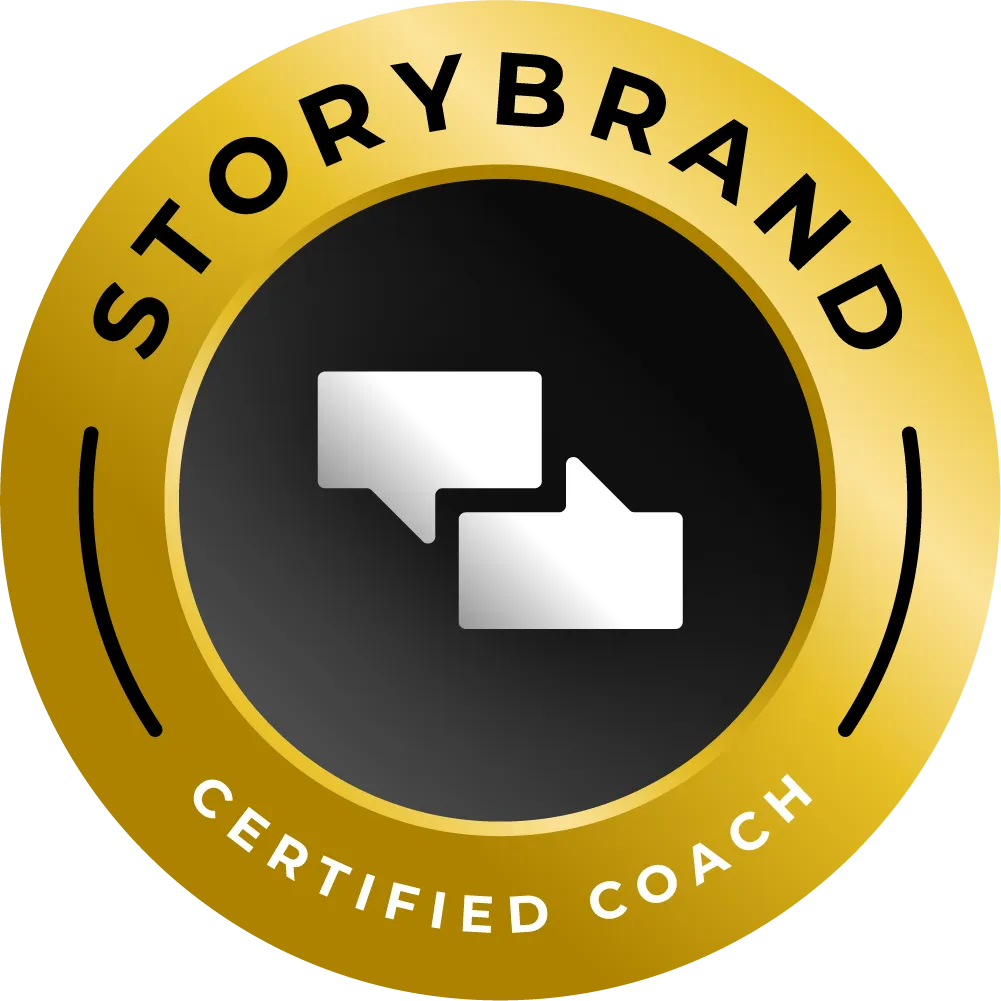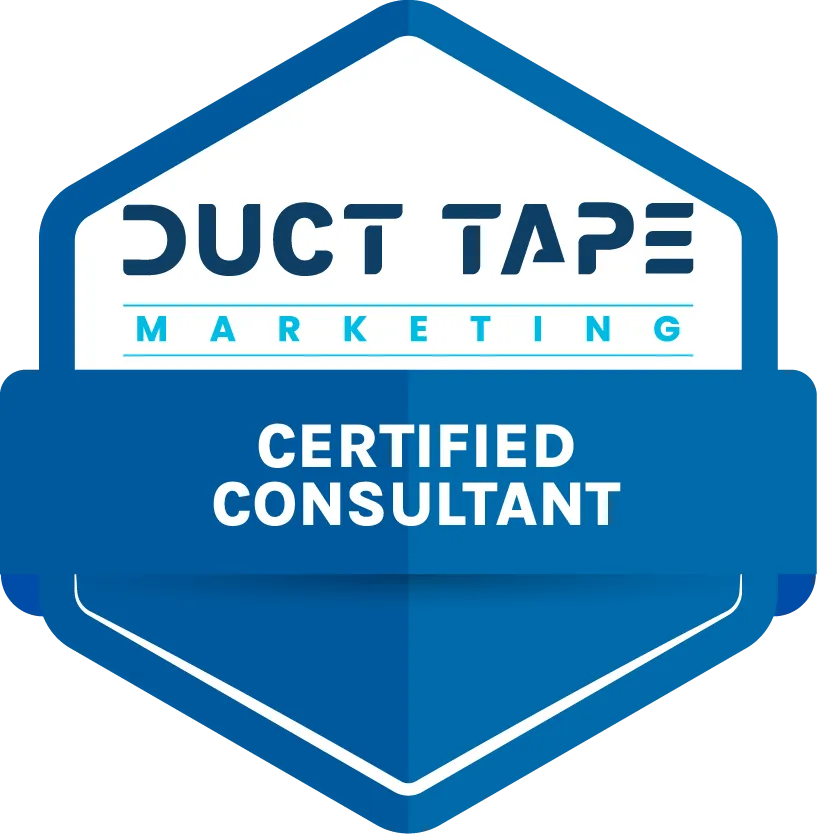STORY, MEET STRATEGY
Let’s make marketing feel less robotic and more real.
Find resources that bring your message—and your business—to life.
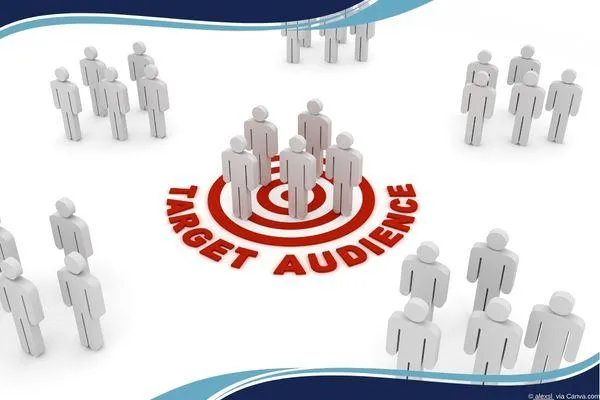
Free Target Audience Research That Actually Works
By Vicky Sidler | Published 26 October 2025 at 12:00 GMT+2
If the words "target audience research" make you think of pricey consultants and data dashboards that look like flight simulators, I get it.
But here’s the thing: great marketing starts with knowing your people. And luckily, the best audience research doesn’t cost a cent. You just have to stop guessing and start looking in the right places.
I’m Vicky Sidler, a StoryBrand Certified Guide and Duct Tape Marketing strategist who believes that small businesses can uncover useful, strategic insights using nothing more than free software and a little human interaction. And no, “just asking ChatGPT” doesn’t count as research.
TL;DR:
Start with your own Google Analytics data
Use free tools to listen to online conversations
Interview 5 to 20 real customers
Create a short survey using free templates
Build personas using data, not vibes
Check out what your competitors’ customers are saying
Treat research like hygiene—ongoing, not once-off
👉 Need help getting your message right? Download the 5-Minute Marketing Fix
Table of Contents:
Free Target Audience Research That Actually Works
Open Google Analytics Before You Open Your Wallet:
Eavesdrop (Legally) on the Internet:
Have a Conversation (Not a Focus Group):
Send a Survey (But Keep It Short):
Build Personas That Aren’t Made Up:
Don’t Forget to Stalk Your Competitors:
Keep Your Finger on the Pulse:
1. The Complete Guide to Strategic Marketing
2. Small Business Marketing That Works in 2025
3. Write Your StoryBrand One-Liner in 5 Minutes
4. Advertise Your Business on $500—Here's What Works
5. StoryBrand Guide Name Is Back—and Here's Why It Matters
FAQs on Free Target Audience Research
1. What is target audience research and why does it matter?
2. How can small businesses do audience research for free?
3. What kind of data should I focus on first?
4. Are Reddit and Facebook groups really useful for research?
5. How many customers should I interview?
6. How often should I repeat audience research?
7. How do I turn research into marketing action?
8. Do I need special software to build customer personas?
9. How can I check what competitors’ audiences are saying?
10. What’s the biggest mistake small businesses make with research?
Open Google Analytics Before You Open Your Wallet:
Google Analytics 4 (GA4) is like your nosy but helpful neighbor. It knows who’s visiting your site, where they came from, how long they stuck around, and what made them leave.
The “Audiences” report inside GA4 lets you see age, gender, location, device type, and—more importantly—what pages are actually converting. That means you’re not just tracking vanity traffic, you’re figuring out what real customers care about.
If you don’t have GA4 set up yet, do that today. Not tomorrow. Today.
Eavesdrop (Legally) on the Internet:
Social listening sounds sketchy but is entirely above board.
Use free tools like Google Alerts, Mention, or the free version of Hootsuite to track what people are saying about your brand, your competitors, or your industry in general.
Metricool gives you basic keyword tracking and competitor alerts for free. This helps you learn what your audience talks about, complains about, and wants—without you having to guess.
For even deeper insight, browse Reddit or Facebook groups where your ideal customers hang out. Look for the recurring frustrations and “help me” posts. The language people use in these spaces tells you exactly how they think and talk about their problems. Take notes. Then use that language in your marketing—it will sound like you’re reading their minds.
Have a Conversation (Not a Focus Group):
You don’t need a research firm with clipboards and iced coffee. You need five real customers and a quiet spot to chat.
Ask things like:
What nearly stopped you from buying?
What was the moment you knew we were the right fit?
What’s the one thing we do better than anyone else?
You’ll start hearing the same phrases pop up. That’s your gold.
Prefer phone calls? Great. Just keep it casual, ask the same questions, and take notes.
Send a Survey (But Keep It Short):
Google Forms and SurveyMonkey both offer solid free versions. The trick is keeping it under 5 questions. Nobody wants a PhD-length questionnaire.
Add the link to your invoice emails, receipts, or email signature. Make it easy for people to respond without disrupting their day.
Look for patterns in responses: words they repeat, features they care about, or the stuff they don’t mention at all.
Build Personas That Aren’t Made Up:
Once you’ve gathered all your info, use free templates from HubSpot, Canva, or Xtensio to create proper customer personas.
Good personas include real data about:
Age, location, job role
What keeps them up at night
What makes them click or buy
How they prefer to be communicated with
These aren’t just mood boards. They’re cheat sheets for better marketing.
Don’t Forget to Stalk Your Competitors:
Go peek at their social media. See who comments, what people complain about, and what posts get shared.
Use tools like Quora or Reddit to find out what questions your audience is asking in your industry. Then answer them better than your competitors.
Do It Monthly, Not Just Once:
Audience research isn’t like filing taxes. You don’t do it once and forget. It’s more like brushing your teeth.
Check your analytics monthly. Set a recurring calendar reminder to review feedback. Keep your personas updated.
As your business grows, your audience will change. Make sure your marketing keeps up.
Keep Your Finger on the Pulse:
Knowing your audience isn’t about guessing or gambling. It’s about listening and adjusting. And with all these tools free and available right now, there’s no excuse not to get started.
If you’re not sure how to pull your message together, that’s where my 5-Minute Marketing Fix can help. It’s a short guide that helps you write a single sentence that makes people say, “Yes, that’s exactly what I need.”
Related Articles:
1. The Complete Guide to Strategic Marketing
You’ve figured out who your audience is—now what? This guide walks you through what to do next with that information, including how to turn insights into strategy.
2. Small Business Marketing That Works in 2025
Once you know who your audience is, you need to know how to reach them. This article shows where small businesses should focus their limited time and money for real results.
3. Write Your StoryBrand One-Liner in 5 Minutes
Now that you understand your customers, this tool helps you say the right thing to them. It’s the shortest path from audience research to clear, effective messaging.
4. Advertise Your Business on $500—Here's What Works
Audience research is step one. Reaching that audience affordably is step two. This guide shows you exactly how to make your marketing dollars stretch.
5. StoryBrand Guide Name Is Back—and Here's Why It Matters
If you’re trying to connect with real people, clear messaging beats clever content every time. This piece explains why trained experts still matter—even in the AI age.
FAQs on Free Target Audience Research
1. What is target audience research and why does it matter?
Target audience research helps you understand who your ideal customers are, what they need, and how they make decisions. When you know your audience, you can stop wasting time and money on marketing that doesn’t connect.
2. How can small businesses do audience research for free?
Start with tools you already have. Use Google Analytics to study visitor data, free social listening tools to monitor online conversations, and short surveys or customer interviews to gather feedback. It’s more about curiosity than cash.
3. What kind of data should I focus on first?
Look for demographic data like age, gender, and location, but pay closer attention to behaviour—what content people engage with, what they click, and what turns visitors into customers.
4. Are Reddit and Facebook groups really useful for research?
Yes. They’re gold mines for unfiltered opinions. Pay attention to recurring questions and frustrations in relevant communities. The way people describe their problems gives you the exact language to use in your marketing.
5. How many customers should I interview?
Start with five to ten for deep insights, then expand to fifteen or twenty if you want patterns and trends. Quality matters more than quantity.
6. How often should I repeat audience research?
At least once a quarter. But keep an eye on analytics monthly and listen for feedback all the time. Your audience evolves as your business grows.
7. How do I turn research into marketing action?
Summarise your findings into clear customer personas, then craft messages and offers that address their top needs. If you’re not sure where to start, use the 5-Minute Marketing Fix to write a one-liner that connects instantly.
8. Do I need special software to build customer personas?
No. Free templates from HubSpot, Canva, or Xtensio are enough. The important thing is that your personas are based on real data, not assumptions.
9. How can I check what competitors’ audiences are saying?
Look at their social media comments, reviews, and engagement. Tools like Metricool or Mention can show you what people respond to and complain about.
10. What’s the biggest mistake small businesses make with research?
They treat it as a one-time project. Audience research is ongoing. The more often you update it, the sharper and more profitable your marketing becomes.
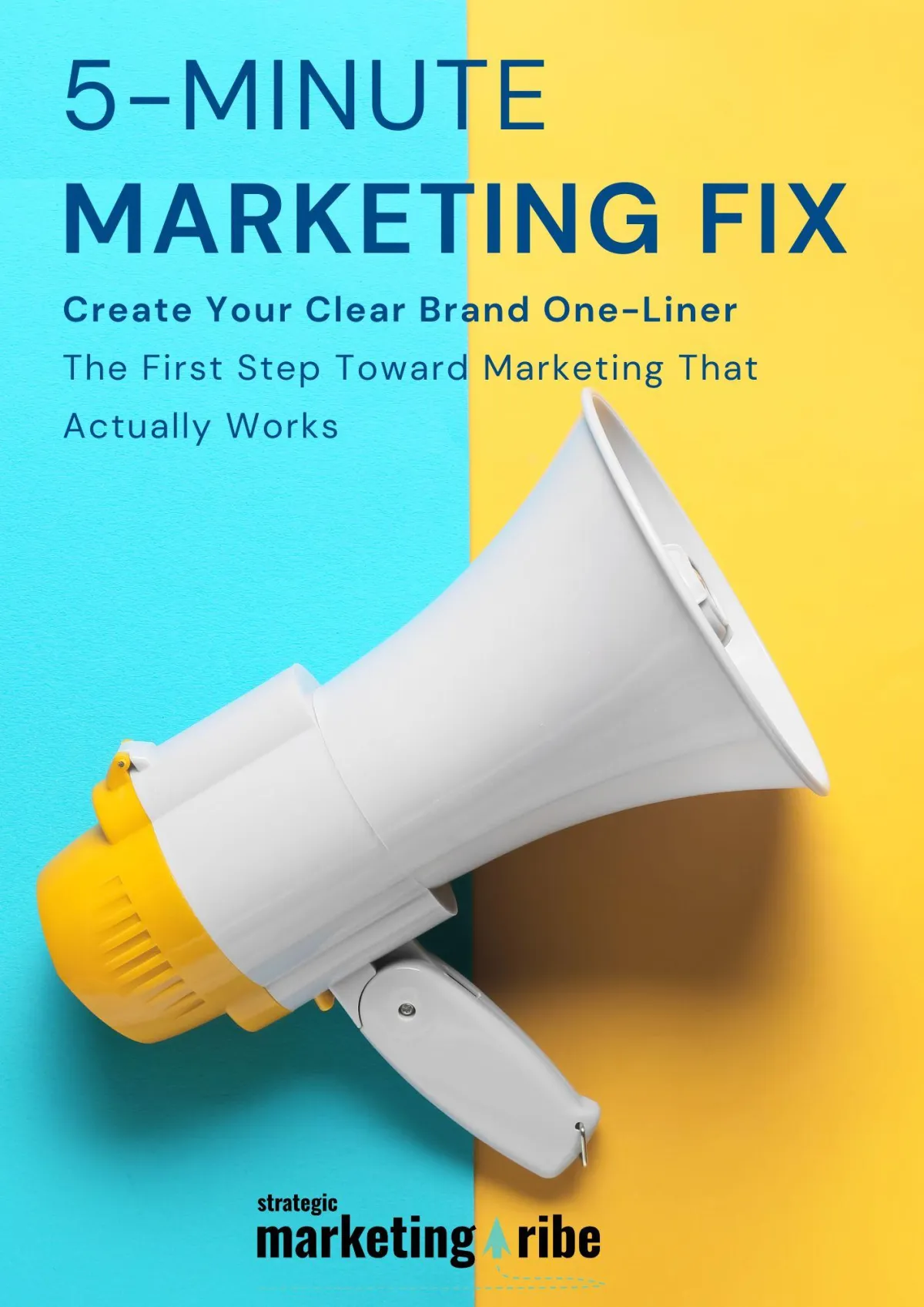
Created with clarity (and coffee)
